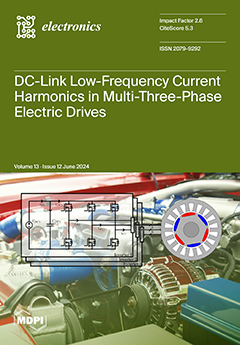Effective real-time autonomous navigation for mobile robots in static and dynamic environments has become a challenging and active research topic. Although the simultaneous localization and mapping (SLAM) algorithm offers a solution, it often heavily relies on complex global and local maps, resulting in
[...] Read more.
Effective real-time autonomous navigation for mobile robots in static and dynamic environments has become a challenging and active research topic. Although the simultaneous localization and mapping (SLAM) algorithm offers a solution, it often heavily relies on complex global and local maps, resulting in significant computational demands, slower convergence rates, and prolonged training times. In response to these challenges, this paper presents a novel algorithm called PER-n
2D
3QN, which integrates prioritized experience replay, a noisy network with factorized Gaussian noise, n-step learning, and a dueling structure into a double deep
Q-network. This combination enhances the efficiency of experience replay, facilitates exploration, and provides more accurate
Q-value estimates, thereby significantly improving the performance of autonomous navigation for mobile robots. To further bolster the stability and robustness, meaningful improvements, such as target “soft” updates and the gradient clipping mechanism, are employed. Additionally, a novel and powerful target-oriented reshaping reward function is designed to expedite learning. The proposed model is validated through extensive experiments using the robot operating system (ROS) and Gazebo simulation environment. Furthermore, to more specifically reflect the complexity of the simulation environment, this paper presents a quantitative analysis of the simulation environment. The experimental results demonstrate that PER-n
2D
3QN exhibits heightened accuracy, accelerated convergence rates, and enhanced robustness in both static and dynamic scenarios.
Full article





